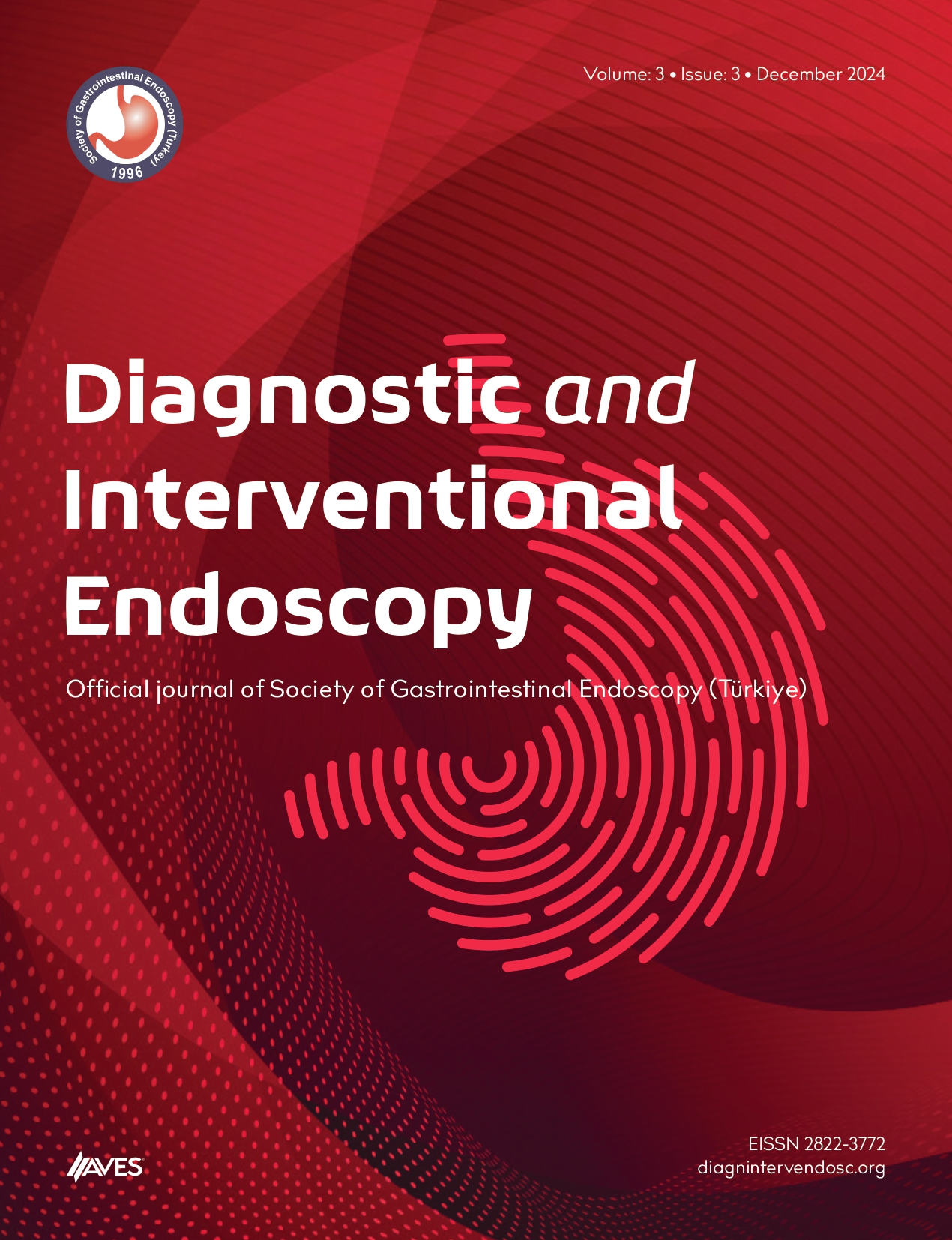Objective: The main goal of the study is to show the indications of the fully covered self-expandable metallic stents used in our unit.
Method: Patients who underwent fully covered self-expandable metallic stents between January 1, 2018, and December 31, 2019, in our unit were included in the study. Endoscopic procedure reports were found by searching for “covered metallic stent” from the EndoCam operating system.
Result: There were a total of 149 patients in the study. The mean age of the patients was 57.44 ± 16.86 years. About 46.3% of the patients were women. Benign biliary stenosis in the common bile duct was the first with a rate of 36.2% in indications. Malignant biliary stenosis was in the second place at 11.4%, and posttransplant anastomotic stenosis was in the third place at 8.7%. The median time between insertion and removal sessions was 34 days (min: 5 days, max: 417 days) in patients (80%) whose fully covered self-expandable metallic stents were removed in our center.
Conclusion: Fully covered self-expandable metallic stents are used to treat a variety of benign and malignant biliary pathological conditions. However, fully covered self-expandable metallic stents may face stent migration issues that can be addressed with modifications.
Cite this article as: Uysal A, Aslanov S, Şenkaya A, et al. Biliary fully covered self-expandable metallic stent use in 149 consecutive patients. Diagn Interv Endosc. 2023;2(2):35-38.

.png)


.png)